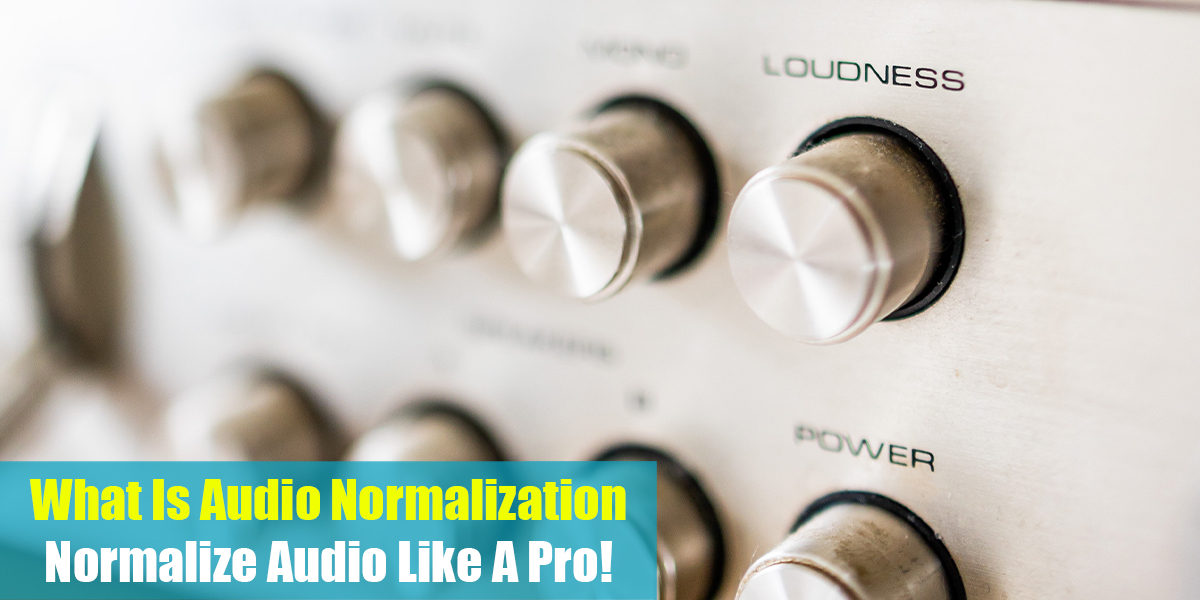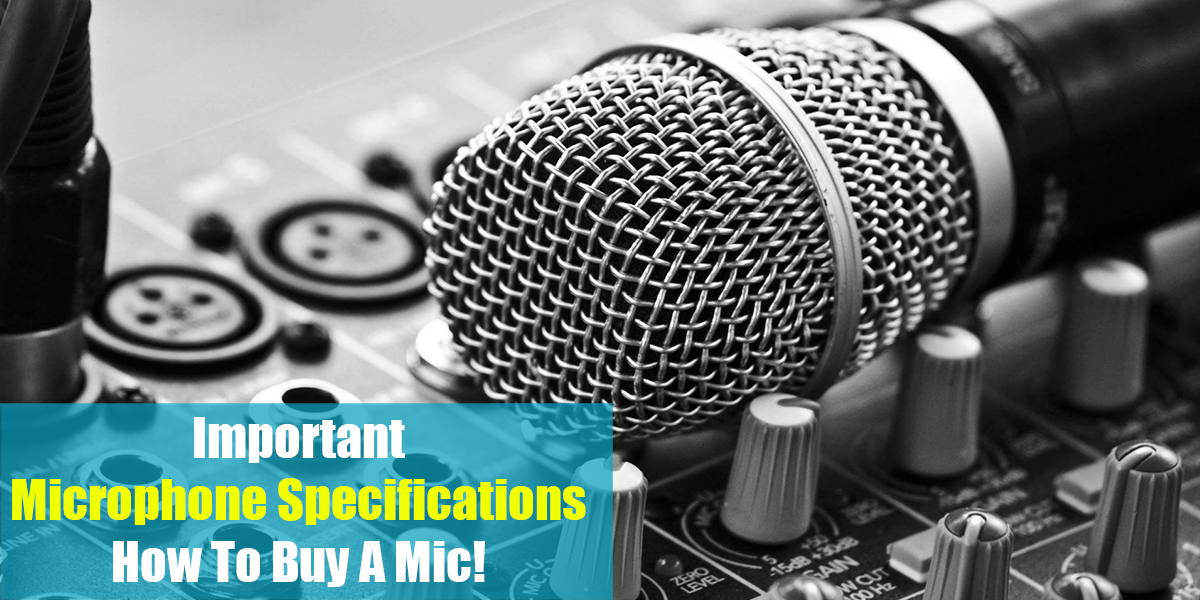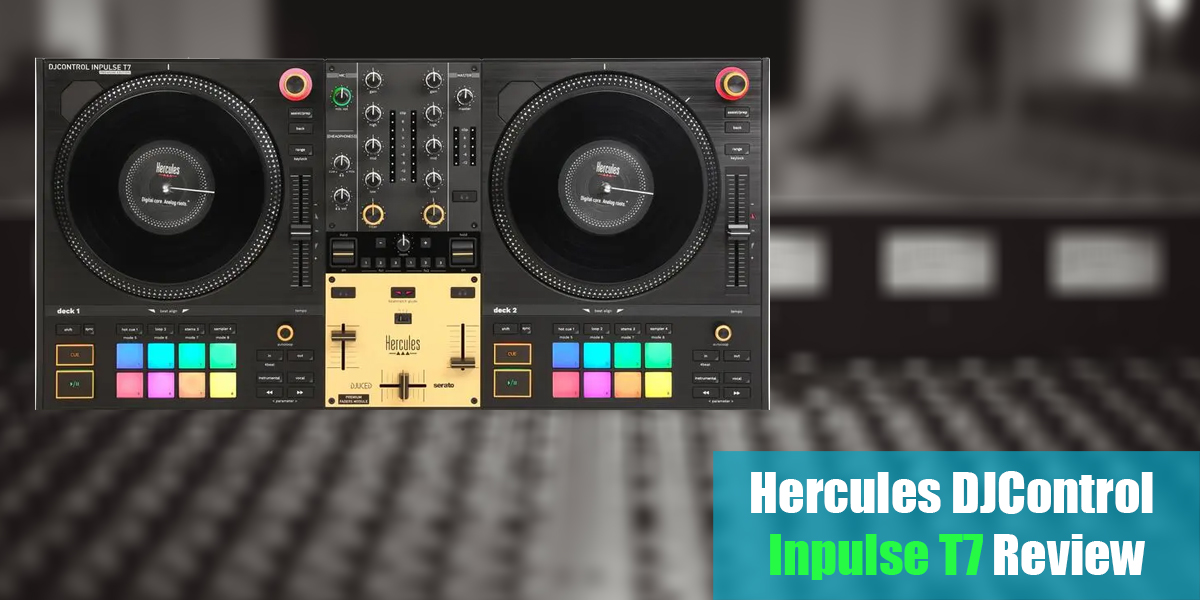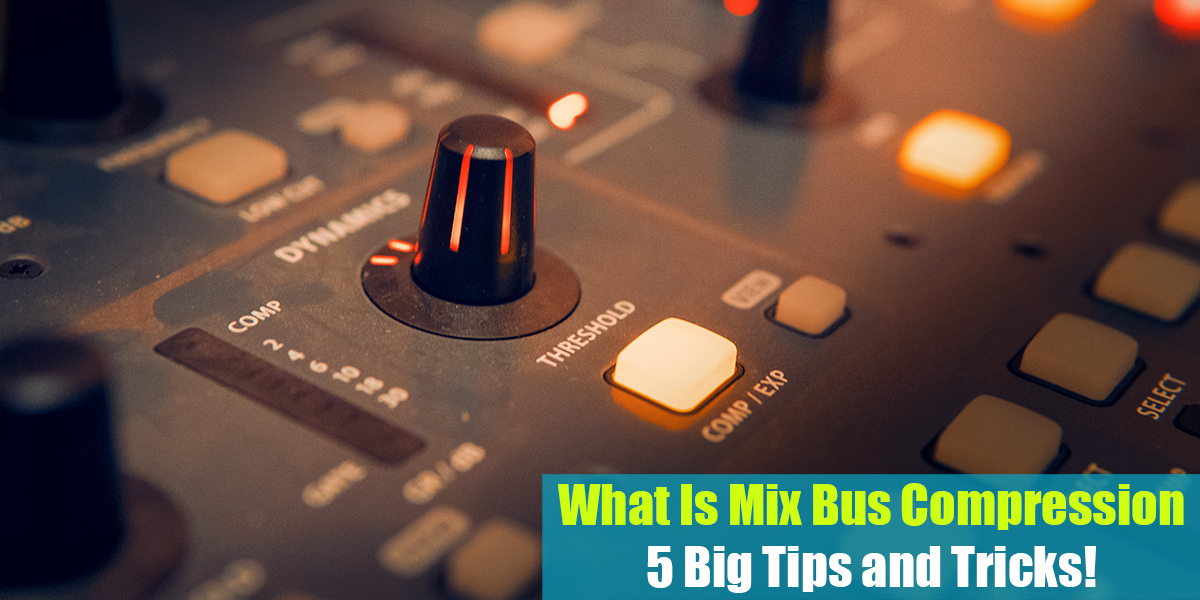What is Headphone Impedance
Introduction
Headphones have come a long way from the days when they were bulky, uncomfortable, and awkward to use. Modern headphones are lightweight, comfortable, and designed to deliver high-quality sound.
To get the best experience from your headphones, it’s helpful to understand some technical details about how they work. One key factor is the impedance of your headphones. Impedance is an important specification that affects the quality of the sound you hear.
Knowing what impedance is—and why it matters—can help you get better sound from your headphones. Even though impedance is important, it’s often overlooked when people choose headphones.
After seeing so many people unsure about this topic, we decided to write an article that explains headphone impedance in more detail.
What is Headphone Impedance?
The term “impedance” was first used at the end of the 19th century. By definition, impedance represents the resistance a circuit offers when current flows through it. Impedance is measured using the letter Z and is expressed in Ohms.
When the voltage and current are constant, as in direct current (DC), impedance is equal to zero. However, when alternating current (AC) is applied, impedance cannot be zero. In a circuit made up of capacitors, inductors, and resistors, impedance describes the relationship between voltage and current.
For headphones, an impedance measurement shows the reactive resistance the headphones apply to an incoming audio signal. The characteristic impedance can cause frequency response distortion and significant changes in transient response. It also gives a good indication of how easy the headphones are to drive, such as how loud they can get.
The impedance value of headphones can change depending on the frequency, which means that some frequencies may be reduced more than others when the headphones are in use.

Does Headphone Impedance Affect Sound Quality?
Simply put, the higher the impedance of a pair of headphones, the more voltage is needed to produce adequate sound. Smartphones and laptops generally don’t have as much power as high-resolution audio players or stereo systems.
Because of this, it’s best to use headphones with an impedance below 100 ohms for mobile devices. On the other hand, headphones rated above 100 ohms are commonly used in professional settings with stationary systems and dedicated headphone amplifiers. In a studio, as long as the equipment supplies enough voltage, high-impedance headphones work just fine and are not a problem for well-equipped stereo systems.
However, things are different when using a mobile phone or tablet: high-impedance headphones often sound too quiet on these devices. As a general rule, headphones with higher impedance tend to produce more precise sound. In contrast, low-impedance headphones are better suited for use with mobile devices like smartphones and tablets.
Different headphones have different power requirements based on their impedance, and they sound best when powered appropriately for their specific needs.

Why is it Important to Know Headphone Impedance?
An impedance mismatch will not damage your headphones or audio source, but following the basic rules of impedance matching is important for optimal performance. When you use low-impedance headphones with a battery-powered device—like a player with a 3-5 volt battery—the signal voltage at the output is low. This allows the devices to create a high current, resulting in great sound quality.
However, a powerful amplifier can damage low-impedance headphones because they have a lower threshold limit. As mentioned before, headphones are generally categorized by their impedance into two groups: low-impedance and high-impedance headphones.
There are different opinions about what qualifies as low impedance in headphones. Some people consider anything below 25 Ohms as low impedance, while others set the threshold higher. In our group, we consider any impedance below 50 Ohms to be low.
High vs Low Impedance Headphones
High-impedance headphones (ranging from 50 to 600 Ohms) require a significant amount of power to operate and are often used in music studios or by DJs.
Most high-impedance headphones are designed for professional use, but if you have a good amplifier that matches your headphones, you can also use them at home. However, it can be disappointing if you try to use them with your phone or take them outside the house.
The most common type of headphones on the market are low-impedance headphones (16, 18, 32, 40 Ohms, etc.). Most portable headphones (on-ear, over-ear, earbuds, in-ear) fall into this category. These headphones are meant to be used with portable devices or electronics that provide both power and audio (like smartphones, tablets, and music players).
Since these devices are battery-powered, they cannot provide enough power for high-impedance headphones. That’s why we use low-impedance headphones with them—they don’t need an external power source to work.
Is Higher Impedance Better for Headphones?
High impedance headphones are often preferred for better sound quality. However, for casual listening on phones or laptops, low-impedance equipment is usually more suitable.
High-impedance headphones are typically used by audiophiles or professionals because they require specialized, often bulky, equipment. The needs of someone listening to music at home are very different from those of a professional DJ or music producer. Your laptop or phone can likely support headphones with resistance between 25 and 32 ohms, but not much higher.
When headphones are connected to professional music equipment, especially with multiple devices plugged in at once, high impedance helps prevent them from blowing out. High-impedance headphones also tend to deliver a louder, crisper, and more polished sound experience than low-impedance models. While low-impedance headphones are great for casual listening, audiophiles and professionals often prefer headphones rated above 250 ohms.
Most people don’t need special external amplifiers or other systems to use these high-impedance headphones. Sometimes, we just need something light, easy, and practical for listening on the go—and that’s where low-impedance headphones really shine.
Headphone Models with Multiple Impedances
Typically, a particular headphone model is offered in just one impedance. However, the DT880 and DT990 headphones are available in 32, 250, and 600-ohm versions, while the DT770 headphones come in 32, 80, or 250-ohm versions.
High-impedance headphones can deliver improved sound quality when paired with a suitable amplifier, especially with models like the Beyerdynamic headphones mentioned above.
There are also excellent low-impedance headphones, so this is not to suggest that good sound is exclusive to high-impedance models. One reason high-impedance headphones—such as those with 250 or 600 ohms—can sound better than their 32-ohm counterparts is because their voice coils have a lower moving mass.
The 600-ohm voice coil wires are thinner, which allows the windings to fit more tightly together, reducing the amount of air between them and strengthening the coil’s electromagnetic field. As a result, these high-impedance headphones typically have less distortion compared to low-impedance models.
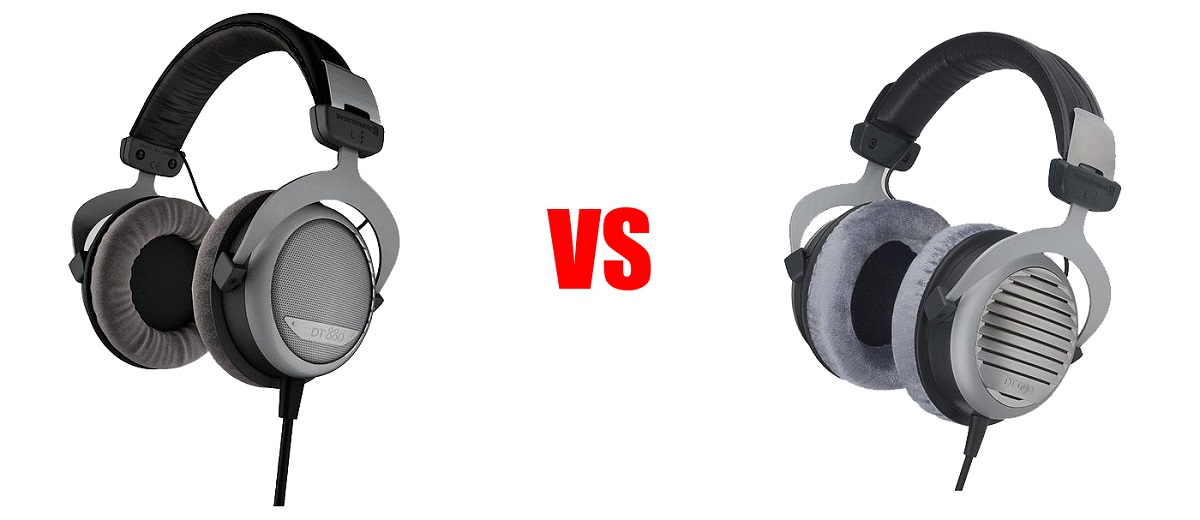
How To Choose The Right Headphone Impedance?
To choose the right headphone impedance, it’s important to understand the concept of matching or bridging headphone impedance. This term refers to aligning the source impedance with the headphone impedance to optimize performance. As the name suggests, matching these values helps your headphones deliver better sound quality overall.
When comparing headphone impedance—such as 16 ohms versus 32 ohms—it’s important to consider your audio source. For example, if you’re listening to music on a smartphone or portable device, 32-ohm headphones may not be ideal because they require more power than these devices can easily provide.
On the other hand, if you’re using a home theater system, either 16 or 32 ohms should work well. If you plan to listen to music casually on your phone or computer, look for headphones with an impedance of 25 ohms or less.
For uncompressed, high-fidelity music listening or studio use, choose headphones with an impedance rating higher than 30 ohms. In general, low-impedance headphones are easier to drive and more convenient for everyday devices, while studio-quality headphones typically have higher impedance.
More Impedance = Better Performance?
Based on all the discussion, you might think that headphones needing an external amplifier automatically sound better. However, this isn’t necessarily true. High-impedance headphones actually have another purpose, especially when used as DJ headphones.
High-impedance headphones are better at handling the power sent to them while still delivering excellent audio quality. You’d only want higher-impedance headphones if your audio source has high output power or high impedance (like some preamplifiers or lower-quality amplifiers), or if you have a specific need for them.
Most headphones have low impedance because not everyone wants to buy an expensive amplifier just to use a pair of 300-600 ohm headphones. In these cases, turning up the volume isn’t the solution. What matters is getting greater clarity and dynamic range. Using an amplifier that can properly drive a 600-ohm DT990, for example, can be a very rewarding experience.
Conclusion
It’s now clear how your headphone amp and impedance can impact your music-listening experience. Ultimately, it doesn’t matter how much you spend on headphones if you use them with the wrong output device.
To avoid wasting money, make sure to do your research first. Remember, impedance doesn’t directly affect the sound quality of your headphones. Headphone impedance is simply the resistance of the drivers.
Measured in Ohms, impedance affects how much power your headphones need, which can have a big impact on their sound quality. To sum up our discussion about impedance, let’s quickly review the key points.
The topic may seem complex, but it doesn’t have to be hard to understand. We hope this has helped you better understand impedance and how it affects your headphones.

